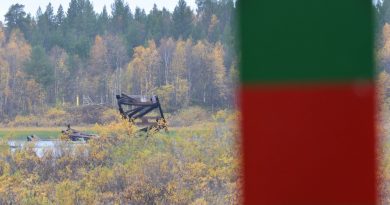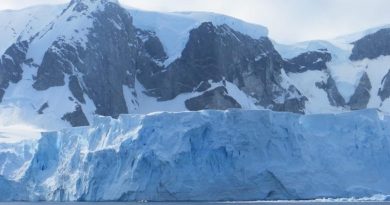New collaborative publication puts mountains on the map for Canadians
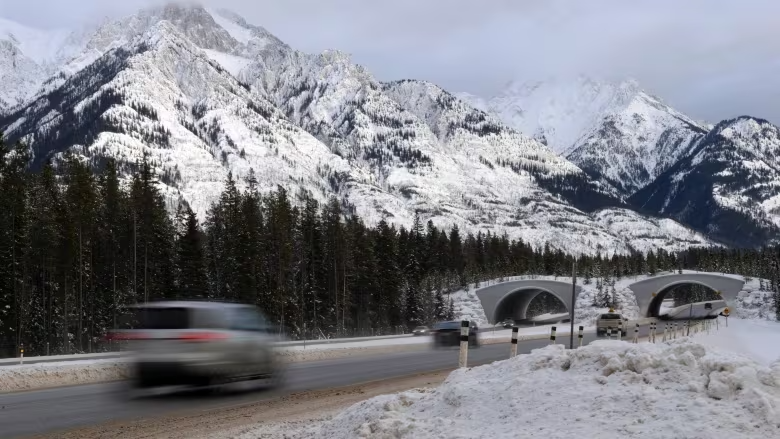
· CBC News
Indigenous stories, academic thought show what’s known, and what’s still a mystery about our mountains
Canada’s landscape doesn’t just feature mountains — a group of researchers has compiled data and stories to show mountainous terrain is at the country’s very core.
This month, a first-of-its-kind publication has gathered as many possible facts, studies, and stories about mountains into one volume: the Canadian Mountain Assessment (CMA), a work that’s taken three-and-a-half years, more than 80 contributors, and a unique approach to shape.
This exercise is an attempt to arm people with knowledge — an outline of what Western academia and Indigenous circles know — and identify what remains a mystery and still needs to be uncovered about mountains.
The writing of each chapter included a process that put Indigenous people and their knowledge on the same level as Western science — using what was discovered during learning-circle exercises.
Project lead Graham McDowell wants people to begin thinking about the future of mountains, and about what’s at stake.
“We’ve seen the way that public understanding and interest in the Arctic has generated a lot of support … to protect the Arctic and to appreciate the Arctic,” McDowell, who is a postdoctoral associate in geography at the University of Calgary, said.
Mountains, he suggests, are facing their own pressures.
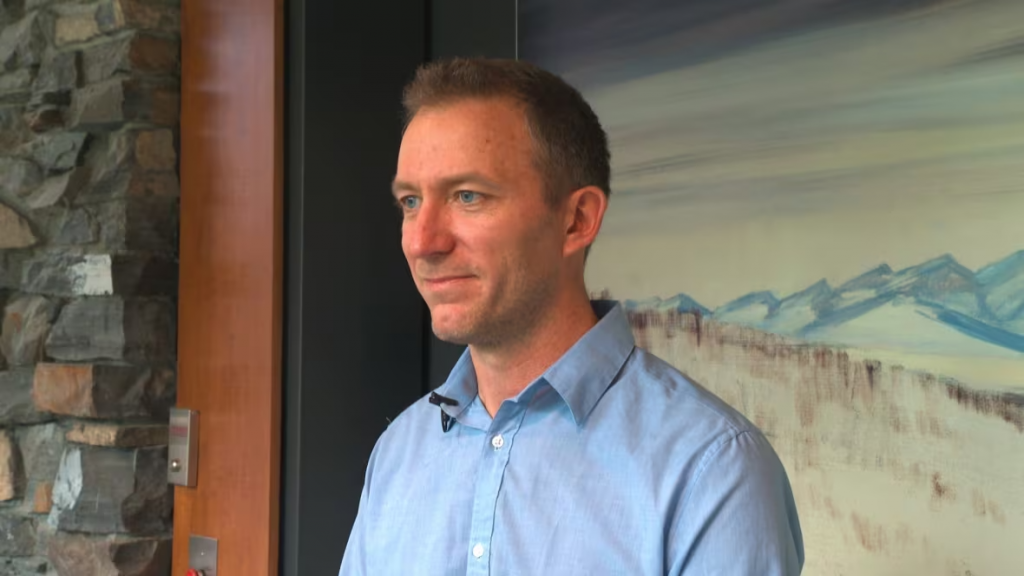
“This is a very prominent part of our geography and of the socio-cultural fabric of this country,” McDowell said.
Canada is a country of mountains
One-quarter of the country is covered in mountainous terrain, an area McDowell likes to say could house Switzerland 54 times over; making Canada the fourth most mountainous country in the world.
The Canadian Mountain Assessment looks at issues like climate change, but also land use change, invasive species and pollution, and some of the social processes of change as well, according to McDowell.
“I think the people across the country can see for the first time the role that mountains play in providing all of these beneficial things that we value, but also the many ways that they’re changing,” he said.
In 2003, the United Nations General Assembly designated Dec. 11 as International Mountain Day to recognize and celebrate the importance of mountains to life. The UN proclaimed 2022 as the International Year of Sustainable Mountain Development.
McDowell said having a mountain assessment puts Canada at the table and provides a valuable contribution as the world’s leaders discuss a way forward.
Indigenous stories come to light
There’s no shortage of research about mountains in Canada. Part of the CMA included an assessment of nearly 3,000 academic articles.
But that’s just what is documented in the academic sphere.
As a climate geoscientist, Joseph Shea’s work at the University of Northern British Columbia relies on data from weather stations. For mountain studies specifically, that equipment needs to be in the alpine, and it needs to carry historical and consistent data on precipitation, snow depth, air temperature and wind speed to be useful.
There aren’t enough of these weather stations in mountainous regions.
It’s something he lamented over coffee with co-author Daniel Sims, who is a member of the Tsay Keh Dene First Nation.
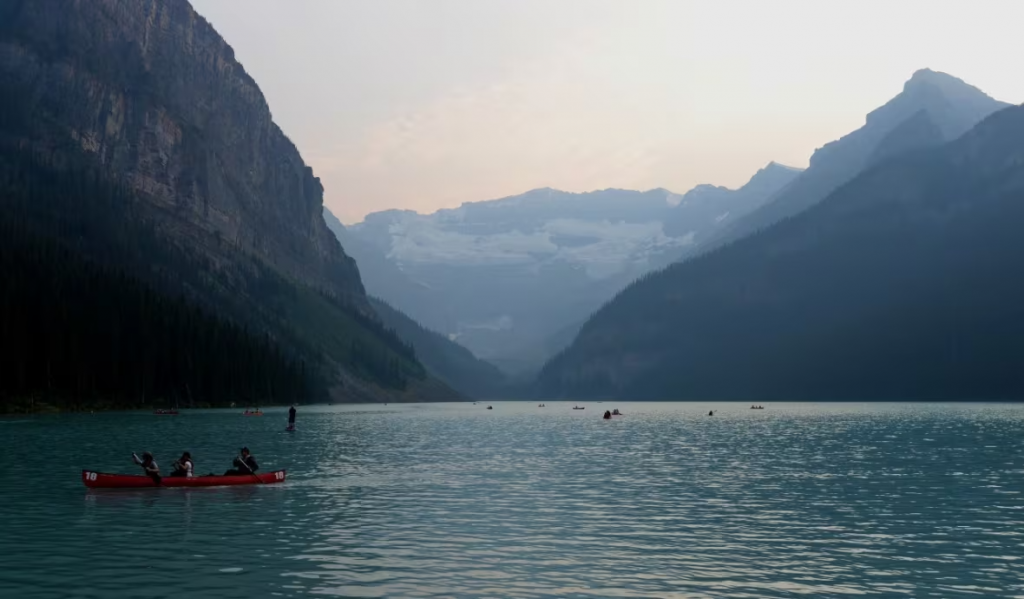
“I said, ‘We don’t know anything about these mountain environments, there’s no measurements out there,'” Shea said. “He kind of looked at me for a second and said, ‘Maybe you don’t know anything.’ And I was like, oh!”
Shea realized then, that just because there isn’t a weather station out there measuring doesn’t mean there’s no knowledge out there.
The goal became to blend and merge that Indigenous understanding with scientific knowledge. “They’re complementary,” Shea said.
Centred in the publication was the goal of co-creation. Each chapter was laid out and penned by both Indigenous and non-Indigenous people.
“When we’re doing an assessment of what we know about mountains and what we don’t know about mountains, that answer is very incomplete when we’re not looking at the traditional knowledge,” CMA co-author Keara Lightning said.
One of the chapters, Gifts of the Mountains, was a discussion about what mountains provide and how people can remain accountable for reciprocating those gifts. Lightning said, with a Western science framing, the chapter could have been called “Mountain Resources.”
That reframing made a huge difference in the way that the research was done, according to Lightning, who is Cree and teaches at the Faculty of Native Studies at the University of Alberta.
A learning circle brought together 20 people. There were First Nations, Métis, and Inuit individuals from all walks of life; a chief, numerous elders, and Indigenous youth.
Stories woven into chapters
Stories and conversations were recorded, some of which are sprinkled throughout the book in audio form.
What was woven into the chapters from these sessions had to be handled carefully and reviewed to ensure ongoing consent to share those stories. It was a process that involved building relationships, and trust, Lightning said.
“There’s a risk on behalf of Indigenous people to share stories,” Lightning said. “People are very cautious. So being able to have this process of ongoing consent and evaluation I think makes that process safer.”
Inuk youth leader Megan Dicker Nochasak believes academia has a responsibility to include Indigenous knowledge and to consider the voices of youth. She hopes to see more of this kind of work in the future.
As a co-author, she describes her relationship with the Torngat Mountains, her familial homeland. Her grandparents and other Labrador Inuit were displaced from the region in the 1950s. Now, she’s returned to work there at the Torngat Mountains base camp and research station.
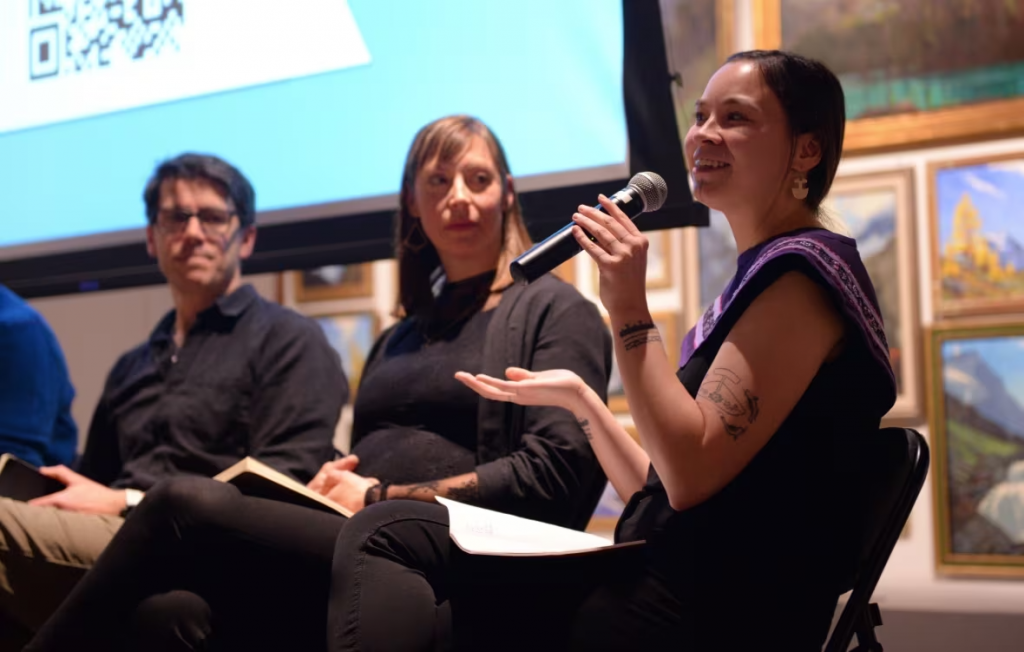
“We’re still here, it’s important that our knowledge and our stories are upheld,” Dicker Nochasak said.
Mountain pressures compounding downstream
Gùdia Mary Jane Johnson, a Lhu’ààn Mân Ku Dań elder who worked for Parks Canada and Kluane First Nation for more than 40 years, said this methodology ensures the diverse needs and perspectives of local communities and broader stakeholders are considered.
She said mountains are ecosystems and homelands under pressure.
“How we care for land and waters in our lifetime is how the mountains will continue to provide for the youth of today and the seven generations ahead,” Johnson said.
Mountains are sometimes called “water towers,” where glaciers and snow packs control the flow of water to rivers and streams.
“What happens in the mountains, doesn’t stay in the mountains,” Shea said.
According to the CMA, one-third of the country’s species that are classified as “at risk” rely on mountain ecosystems; some plants and animals are only found in those regions, or require unique conditions to reproduce.
Shawn Marshall is the Canada Research Chair in Climate Change at the University of Calgary. He said some species will cave under pressure — whether that’s because of a warming climate, human development or resource extraction.
Project leader says this is not final word
The CMA highlights what is known about mountainscapes in Canada, but it also brings to light what’s still a mystery and what needs further research. McDowell said one of the significant gaps is in spelling out the human dimensions of climate change and looking at how people may adapt.
Already, warming in Canadian mountain regions has led to changes in tourism and livelihoods for industries like mountain guides and climbers, who are losing their training grounds.
He stresses the CMA is not a final word, but a jumping-off point. The hope is that this work will be built on and that mountain assessments will become a regular practice, updated once a decade, in Canada.
Shawn Marshall says the process of collaboration has made working on this project different.
“You’re not supposed to be emotionally moved by what you study, you’re supposed to be very distant, kind of cold about it,” he said. “Building in what our collaborators have been telling us forever: it’s about values.”
And not just the values in scientific models alone, Marshall said, but adding a lens of caring, understanding, and nurturing to advance a sustainable future for mountains.
Related stories from around the North:
Canada: Warming climate poses challenge to Arctic animals — and those who hunt them, CBC News
Finland: Possible record year for arctic fox in Nordics with 762 cubs counted in 2022, Eye on the Arctic
Greenland: Unique ringed seal described in West Greenland, Eye on the Arctic
Russia: Oral histories unlock impact of climate change on nomadic life in Arctic Russia, says study, Eye on the Arctic
United States: Alaska law officer killed in muskox attack outside his house, The Associated Press

